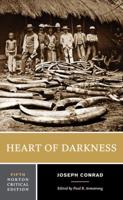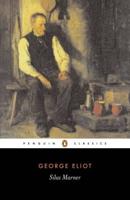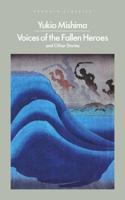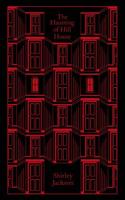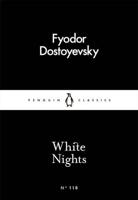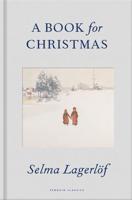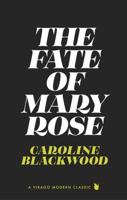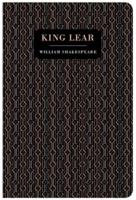Publisher's Synopsis
Differentiated book- It has a historical context with research of the time-This book contains a historical context, where past events or the study and narration of these events are examined. The historical context refers to the circumstances and incidents surrounding an event. This context is formed by everything that, in some way, influences the event when it happens. A fact is always tied to its time: that is, to its characteristics. Therefore, when analyzing events that took place tens, hundreds or thousands of years ago, it is essential to know the historical context to understand them. Otherwise, we would be analyzing and judging what happened in a totally different era with a current perspective.In the mid-19th century, Charles Dickens was the most popular writer of his time. Worshiped in Europe and North America, he had reinvented Christmas Eve (expressions such as Merry Christmas! Became traditional from the impact of A Christmas story) and turned his most autobiographical novel - David Copperfield - into a public and critical success . He also played hard in favor of good causes, such as the Urania Cottage home, dedicated to the rescue of women laborers who fell out of favor. And between his fictions and the philanthropic task he had exorcised the demons that set him on fire: the innocence truncated by the debts of his father, who fell into prison forcing him to work ten hours a day, as a child, in a factory where he stuck labels in bitumen containers; and detachment from his mother, who preferred him tied to that slave job than returning to school. (For Dickens, the lack of formal education amounted to a conviction: he considered her "the most prolific father of misery and crime.") His biographer Peter Aykroyd says that two of the recurring themes of his narrative were "irresponsibility and abandonment." . He could have added that they defined the inheritance that his parents bequeathed to him: John Irresponsibility Dickens and Elizabeth Abandonment Barrow.

